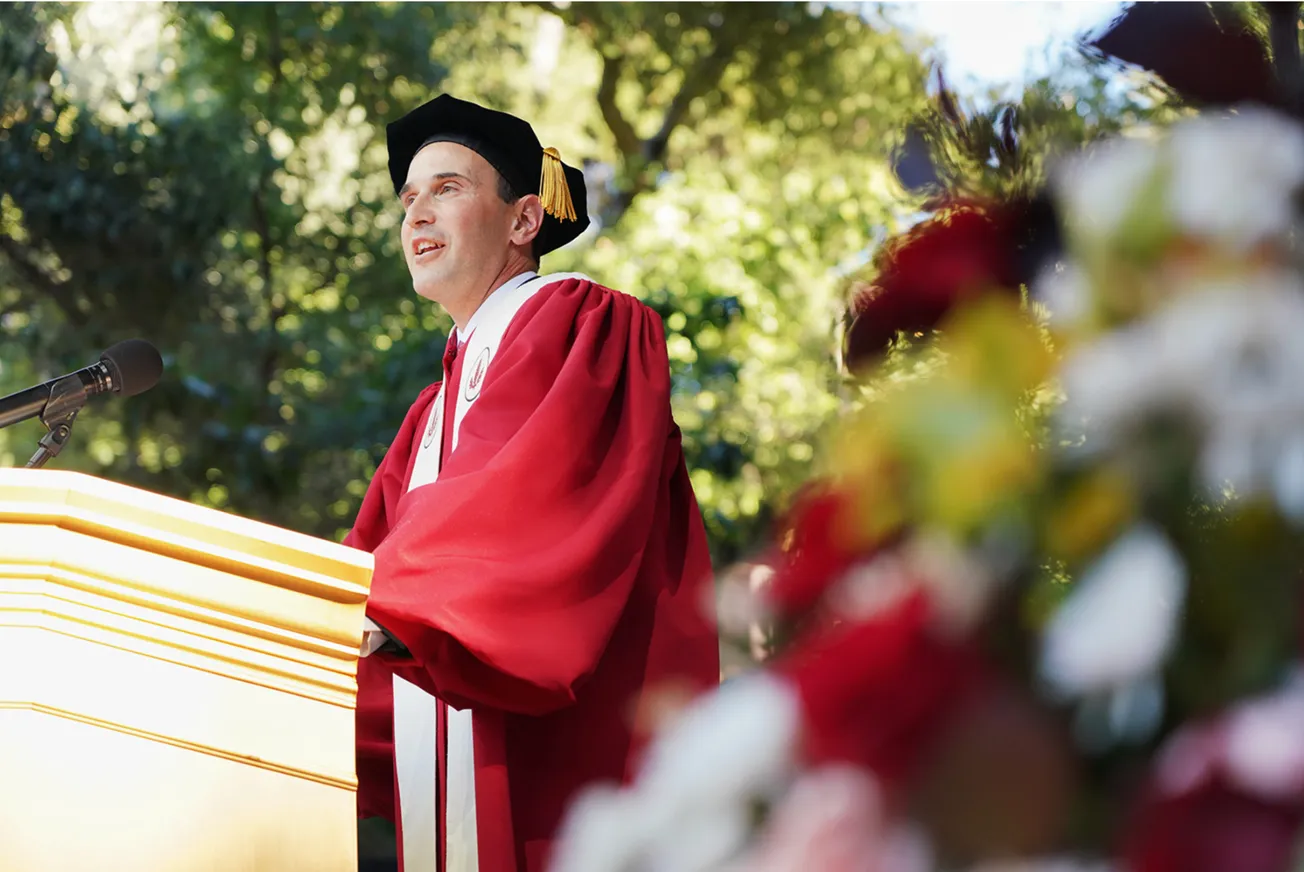Table of Contents
“What’s the move?” — freshmen ask with great hope every weekend night. Most weekends, there are none that are promising. And when there is something happening, it is almost always closed to all but a small sliver of the student population. By the time you’re an upperclassman, you know not to even bother asking about campus social events. Why? Because you know that fraternities (the beating heart of Stanford’s party culture) are paralyzed by the fear of losing their houses — something which is a real possibility.
You know that on the first Friday night of the year, a night traditionally full of events like Kappa Sigma’s “Eurotrash,” students were forced to resort to an impromptu, awkward “Nomad”— a party with no real location and no real energy (it was over by 11 PM). You’re also aware that Lake Lagunita, formerly an on-campus beach paradise, is dry. You know that the Stanford ideal of a place where America’s brightest could change the world and let their hair down is dead. Last June, former Review Cycle Editor Ginevra Davis covered (in great detail) the gradual death of Stanford’s social life.
After the first full year of in-person activities since the onset of the pandemic, the degeneration of Stanford’s student life appears complete. The university's bold, irreverent, and creative culture was replaced by bureaucracy, suppression, and timidity. Stanford students of yore liked to let loose when they took a break from building new startups or dominating their academic fields. This is something current students need to bring back — the buoyant and inspirational culture of Stanford’s roots. Otherwise, we risk losing it forever.
The destruction of campus culture was hastened by the onset of COVID-19. Under the guise of ‘protecting the health and safety of the students,’ the administration was finally free to quash the few remnants of life and joy on Stanford's campus. Over the last year, we saw their so-called ‘remedies’ to campus’ sluggish social life in action: the disaster that is the neighborhood system, overregulated parties, and nonsensical rules around masks. Even nursing homes have more active social calendars than Stanford.
But the administration’s actions are not what is most alarming. It is the response of students — or lack thereof — that is the true cause for concern. Just a few years ago, we saw student groups like the Stanford Band writing rebuttal after rebuttal to the university, making bold promises that they would never be silenced. In other words, they dared to care enough about their Stanford experience to challenge senseless restrictions.
What became of the Band? They were regulated, and have since been relegated to making lame political jokes while playing out of tune. The Stanford Band, which was so notorious that state legislatures made a point of banning them, has lost its soul. However, the Band is hardly alone in losing its way. Fraternities gave up their Animal House-like penchant for fun long ago. The language houses, namely the French house (which spent thousands each year on weekly wine parties) and Haus Mitt (known for its one-of-a-kind Oktoberfest celebration) didn’t even try to save their social calendars when the university bureaucrats came knocking.
Stanford’s campus culture has gone from being fun, dynamic, and creative to one of fear. Students are no longer using their engineering prowess to build an island in the center of Lake Lag. They have been subdued into exclusively caring about their summer internships, ever more suck-up forms of networking, or bugs on a CS problem set. Important as these things may be, they cannot be all that we take from this school. School and society must be about more than making money and attaining career status. Students must focus on culture and community — things that cannot be measured in dollars or shared in a self-aggrandizing post on LinkedIn.
Stanford’s legendary culture of irreverence must be brought back to life. We are a school that pushes boundaries. Our incredible campus life once was the dream of every college applicant in America (and for many it still is!). We gave birth to Silicon Valley and all the technological progress that has defined our world in the past half-century. That innovation did not come out of a vacuum. The tech behemoths headquartered a few miles from campus were born in the fun, wacky, and open culture Stanford once had. Without this culture, Stanford can never hope to lead the world to a better place.
The administration has proven itself to be unable and unwilling to restore the culture that made Stanford the world’s most innovative institution. The burden falls upon us, the students, to reignite the flame. To remain the destination of choice for the brightest and most fearless students, we need a culture that people can believe in — a culture where people are members of a community, not cogs in a machine.
What Stanford needs is a revitalization of campus culture. We must bring back Full Moon on the Quad. We must bring back Maus. We must even bring back crazy co-op parties. Students have a historic opportunity to make Stanford into the school they actually want it to be. It is up to each and every one of us to make Stanford fun again, safety-crazed administrators be damned.
The Review will run a series on the demise of Stanford’s culture. If you're a Stanford student who’s interested in writing more on the death of Stanford’s social life, please contact us.




